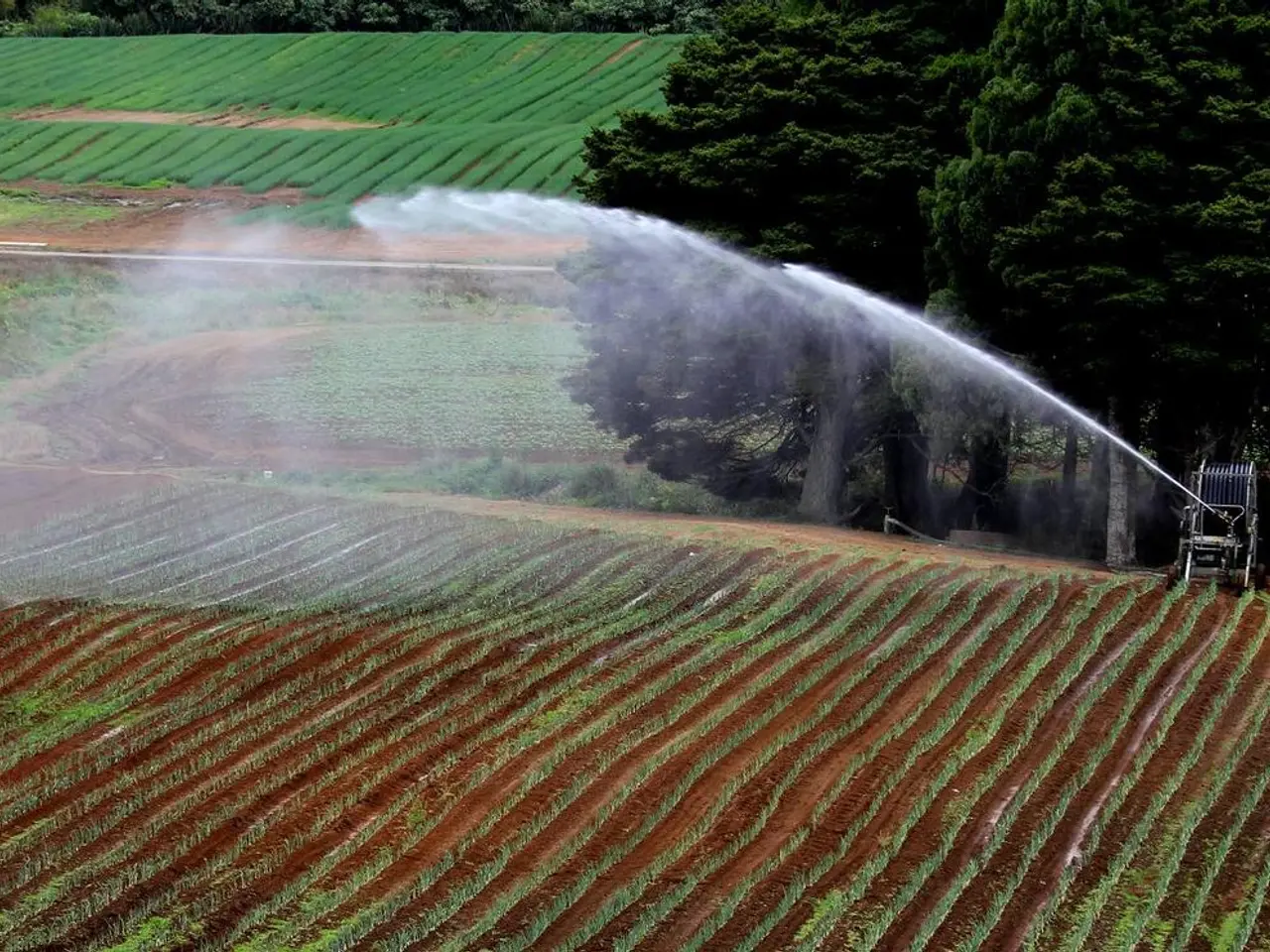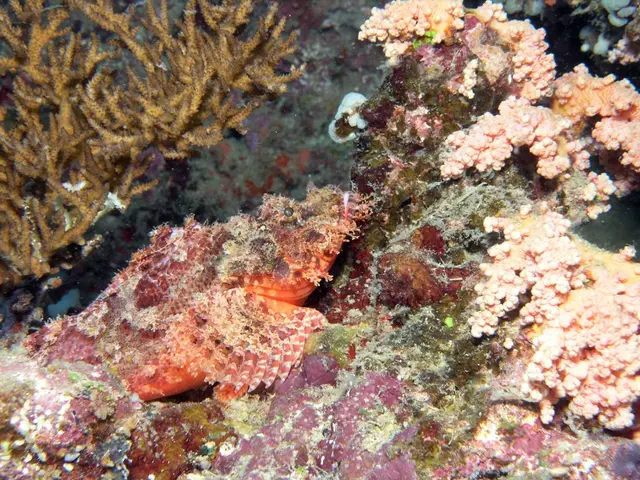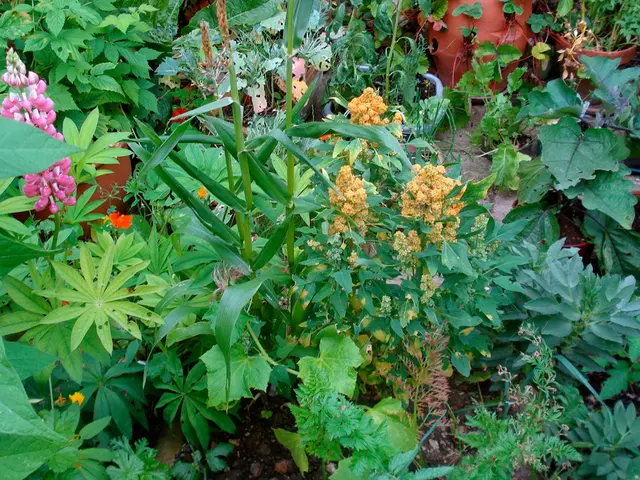Leading Innovations in Eco-Conscious Farming: Discover the Most Promising Technologies for Sustainable Cultivation in Agriculture
In the quest for a greener and more sustainable future, the agriculture sector is embracing innovative farming practices. Key among these eco-friendly technologies are Precision Farming, Vertical Farming, Conservation Tillage, Organic Farming, Agroforestry, Integrated Pest Management (IPM), Hydroponics, and Aquaponics, along with several emerging innovations.
- Precision Farming (Precision Agriculture) harnesses technologies like GPS, IoT sensors, aerial drones, AI, and advanced data analytics to optimize inputs such as water, fertilizers, and pesticides at a highly localized level. This precision reduces waste, emissions, and input use while increasing yields and crop health.
- Vertical Farming is a game-changer for urban agriculture. By growing crops in vertical layers, often indoors or in controlled environments, it significantly reduces land use and water consumption. Combined with AI and robotic automation, vertical farming enables sustainable urban agriculture with high productivity and minimal environmental footprint.
- Conservation Tillage is a soil management practice that minimizes soil disturbance, protecting soil structure, improving water retention, reducing erosion, and enhancing carbon sequestration—important for long-term soil health.
- Organic Farming avoids synthetic agrochemicals, relying instead on biofertilizers and natural pest control. This approach promotes biodiversity and reduces pollution in water bodies.
- Agroforestry integrates trees with crops or livestock systems, improving biodiversity, enhancing carbon sequestration, protecting soils, and creating more resilient and diversified farming ecosystems.
- Integrated Pest Management (IPM) emphasizes the combined use of biological, cultural, physical, and chemical tools to manage pests sustainably, reducing reliance on harmful pesticides and supporting ecosystem balance.
- Hydroponics and Aquaponics are soil-less cultivation methods, growing plants in nutrient-rich water solutions or combining fish farming with hydroponics. These systems use up to 90% less water than conventional farming and minimize land use, making them resource-efficient and suitable for urban or arid environments. Hydroponics focuses solely on growing plants in nutrient-rich water, offering the same advantages as aquaponics but without the fish component.
Additional innovative technologies supporting sustainable agriculture include AI-driven crop intelligence, water-efficient irrigation techniques, renewable energy integration, and blockchain for supply chain transparency. These advancements aim to optimize resource efficiency, adapt to climate variability, and ensure sustainable sourcing and traceability.
While these technologies offer numerous benefits, challenges such as high initial costs, infrastructure gaps, and technological literacy remain barriers to their widespread adoption. Coordinated efforts in education, financing, and policy are vital to scaling these technologies and achieving a climate-smart, resource-efficient transformation in sustainable agriculture worldwide by 2025.
Read also:
- Exploring the Advantages of Outdoor Group Meditation for Enhancing the Mind-Body Union
- Top 12 Journals Perfect for Recording Outdoor Findings that Fuel Awe and Curiosity
- Sustainable Seafood Consumption: An Examination of Environmental Impact: A Guide for Seafood Lovers
- Pioneering Green Technology: An Insight into Orca Sciences' Groundbreaking Energy Inventions








